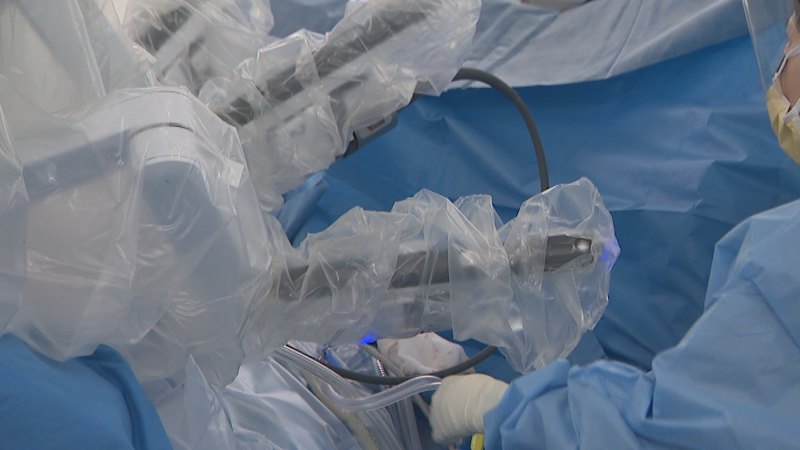
Advancements in medical technology have led to a promising new approach for individuals suffering from endometriosis. A recent study published in the International Journal of Surgery highlights how less invasive robotic surgery is significantly reducing pain and enhancing fertility for patients.
Endometriosis is a chronic condition affecting approximately 10% of reproductive-age women worldwide. It occurs when tissue similar to the lining of the uterus grows outside the uterus, leading to severe pain, irregular bleeding, and complications with fertility. Traditional surgical methods often involve larger incisions and longer recovery times, leaving many patients seeking alternative solutions.
The latest robotic techniques allow surgeons to perform laparoscopic procedures with precision. This approach minimizes tissue damage and reduces recovery time, which is crucial for patients who often face debilitating symptoms. According to Dr. Emily Carter, a leading researcher in the field, “Our findings show that robotic-assisted surgery not only alleviates pain but also significantly improves the chances of conception for women with endometriosis.”
Clinical trials conducted across multiple healthcare facilities have demonstrated the effectiveness of this innovative procedure. Patients reported a 60% reduction in pain levels within three months post-surgery, and over 70% of participants who were trying to conceive experienced successful pregnancies within a year.
The implications of this research extend beyond individual patient experiences. Healthcare providers are increasingly recognizing the importance of addressing endometriosis not only as a physical health issue but also as a critical factor affecting mental well-being. The stress and anxiety associated with chronic pain and fertility challenges can significantly impact a person’s quality of life.
As robotic surgery becomes more accessible, experts suggest that training more medical professionals in these techniques is essential. Dr. Jackson Lee, a prominent surgeon involved in the trials, emphasized, “Equipping surgeons with the necessary skills to perform robotic surgeries can reshape the treatment landscape for endometriosis, ultimately leading to better outcomes for patients worldwide.”
Furthermore, the reduced invasiveness of these procedures has the potential to lower healthcare costs associated with long recovery times and complications from traditional surgeries. As healthcare systems seek to optimize patient care, robotic surgery could be a key player in enhancing overall treatment efficiency.
While the research surrounding robotic surgery for endometriosis is still evolving, early results are encouraging. As more data becomes available, patients and medical professionals alike are hopeful that this technology will lead to further improvements in treatment options.
In conclusion, the advent of less invasive robotic surgery represents a significant step forward in the fight against endometriosis. By alleviating pain and restoring fertility, this innovative approach offers renewed hope for many individuals afflicted by this challenging condition. Continued research and development in this area will be crucial for expanding access to these life-changing procedures.







